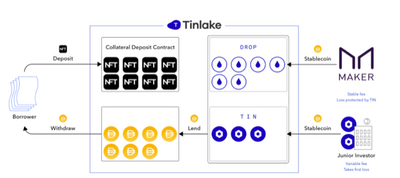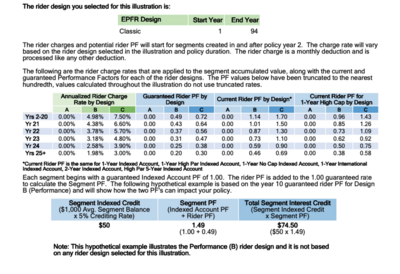- 10,711
Can I get your honest opinion on my idea to stagger 5 different IULs into a bond ladder thereby diversifying amongst different benefits, crediting methodologies, and expirations? The thought process is that they can't all generate zero crediting all the time.
I think its a perfectly sound strategy. Never anything wrong with diversifying. Not only are you diversifying crediting strategies, but you are diversifying carriers and lowering the chance of one screwing you over with low Caps or high Expenses in the future. I would encourage you to do it.



